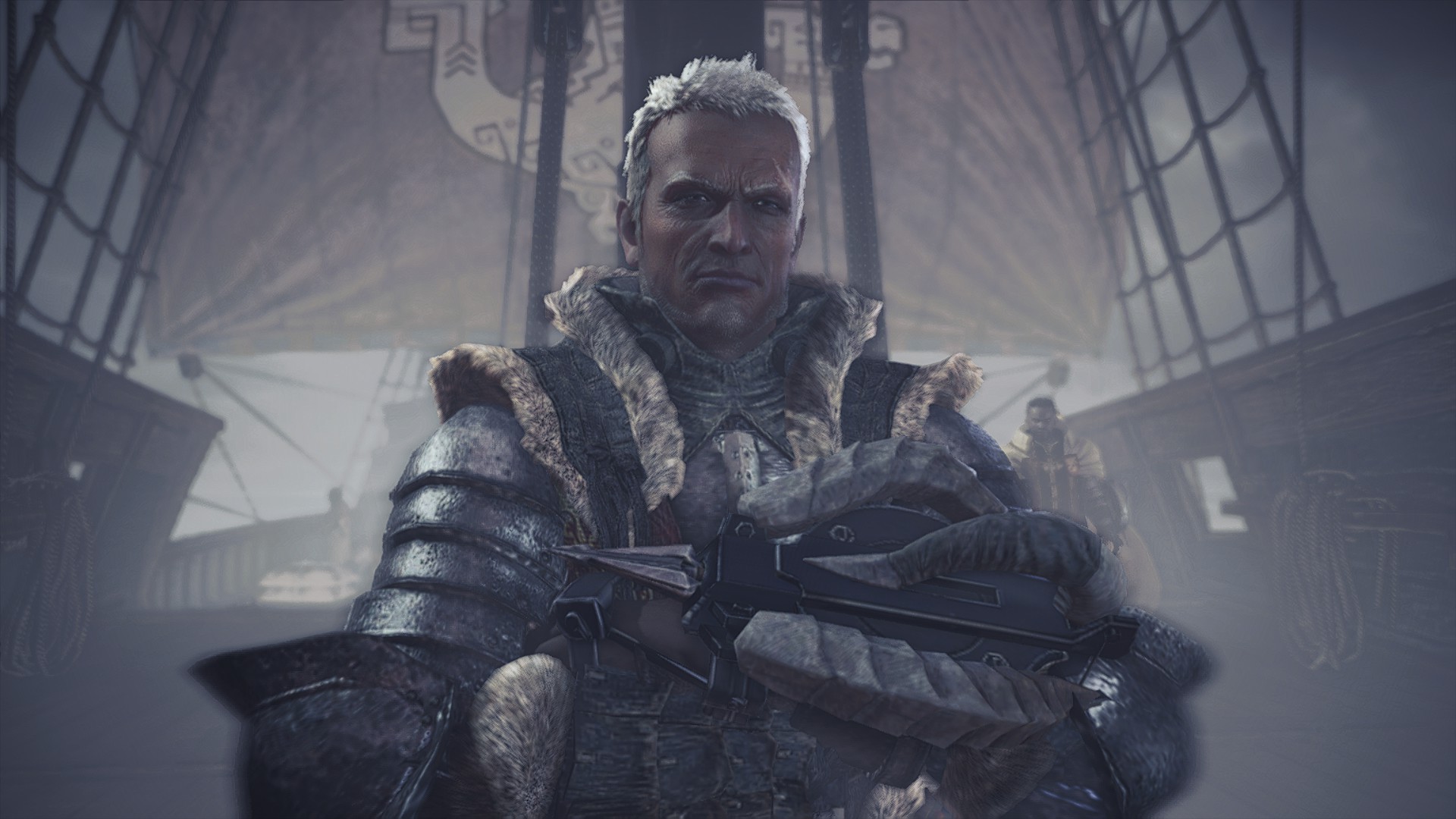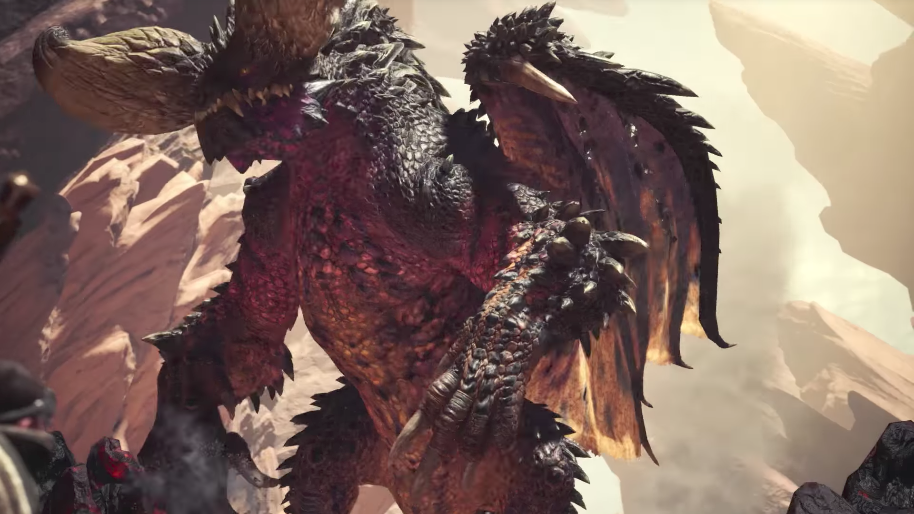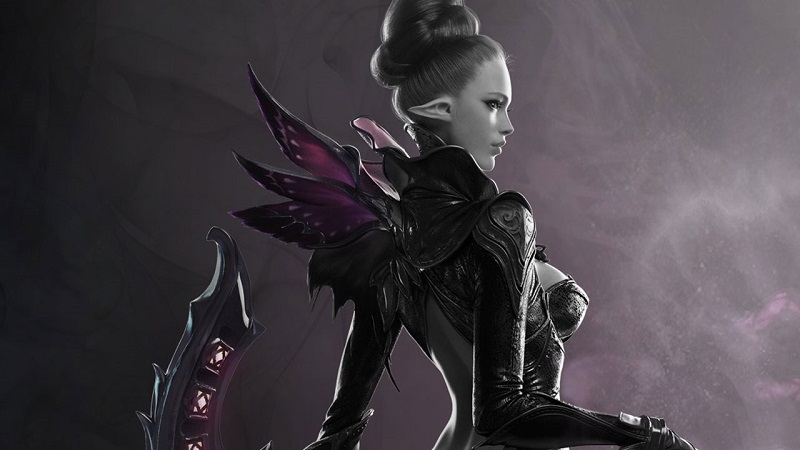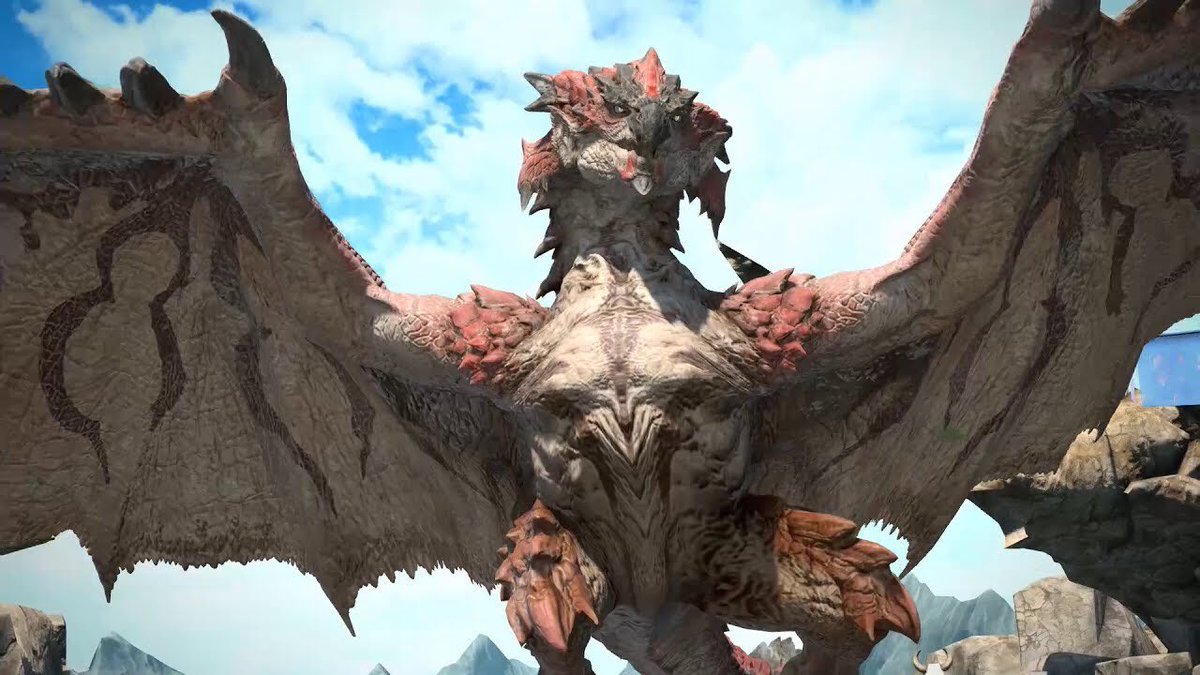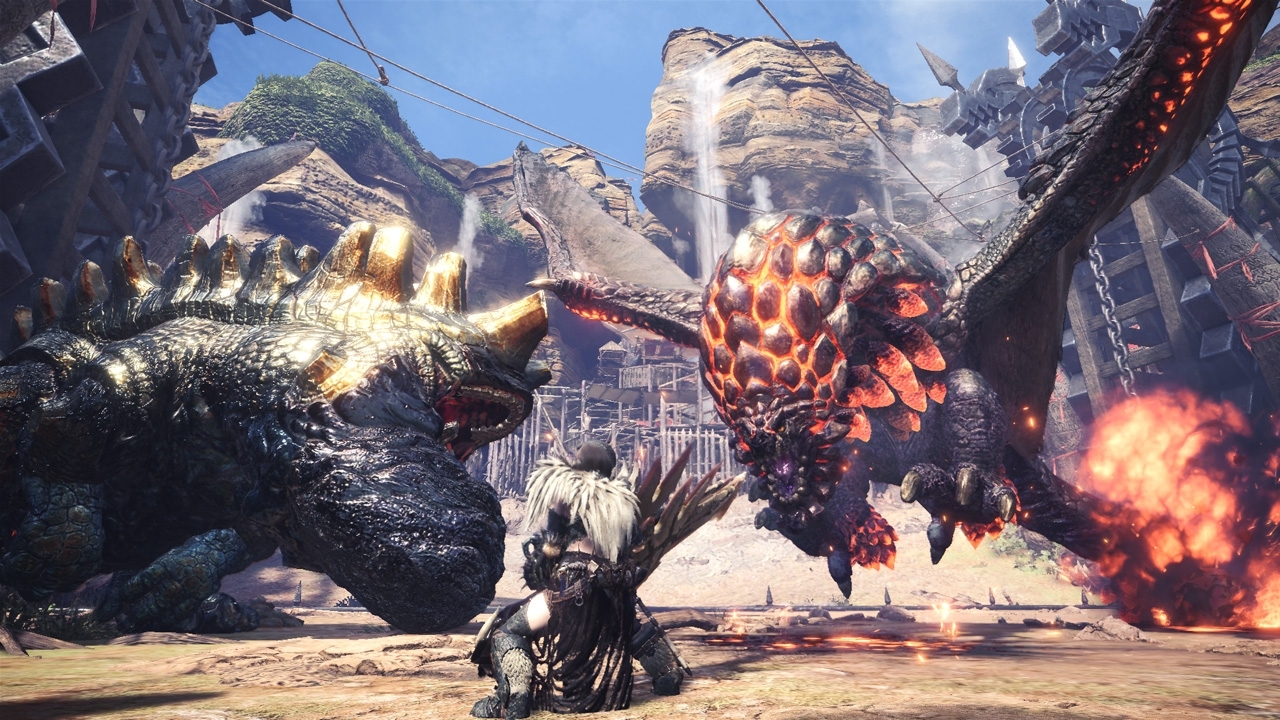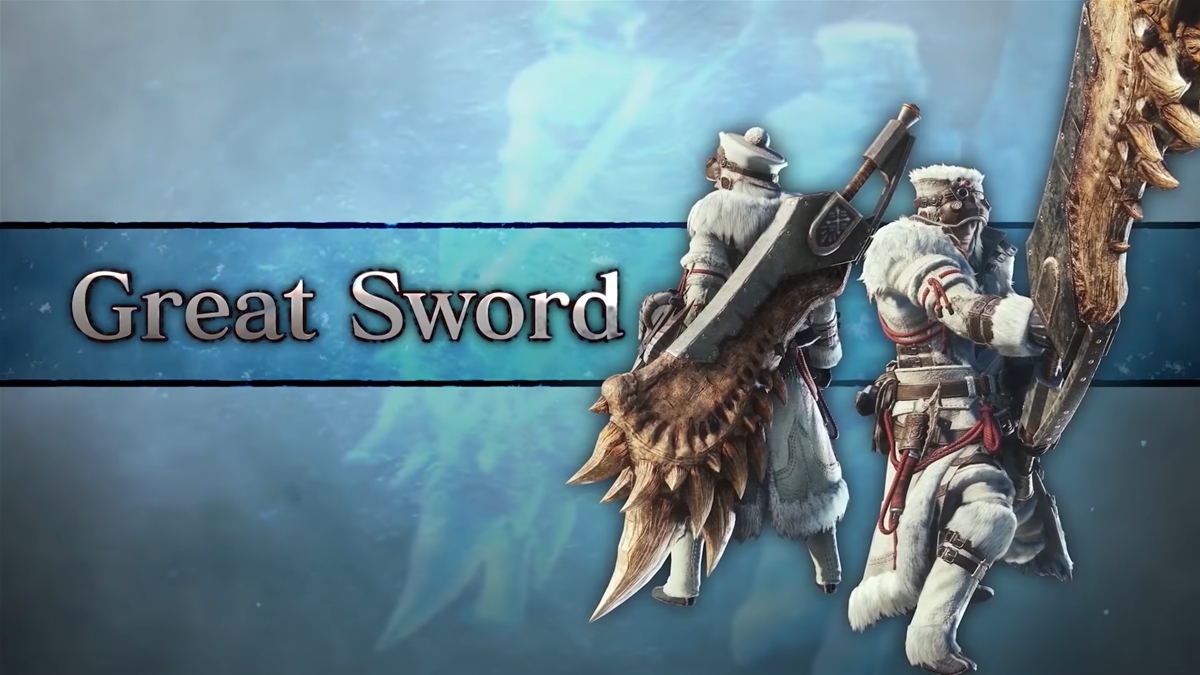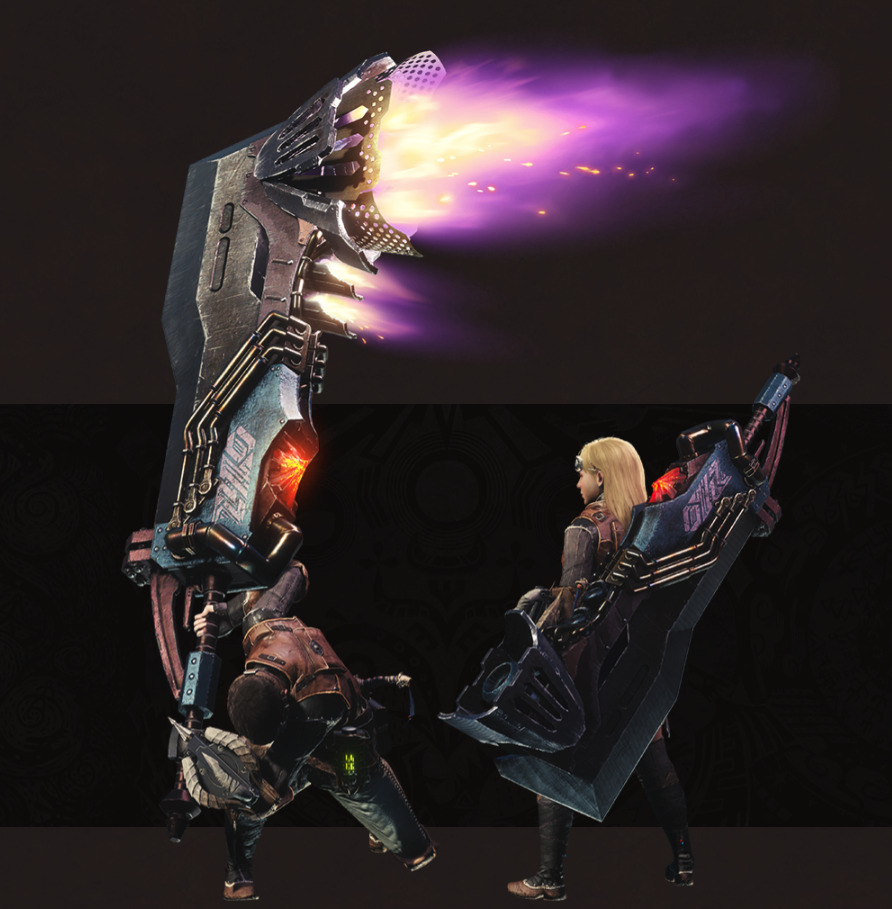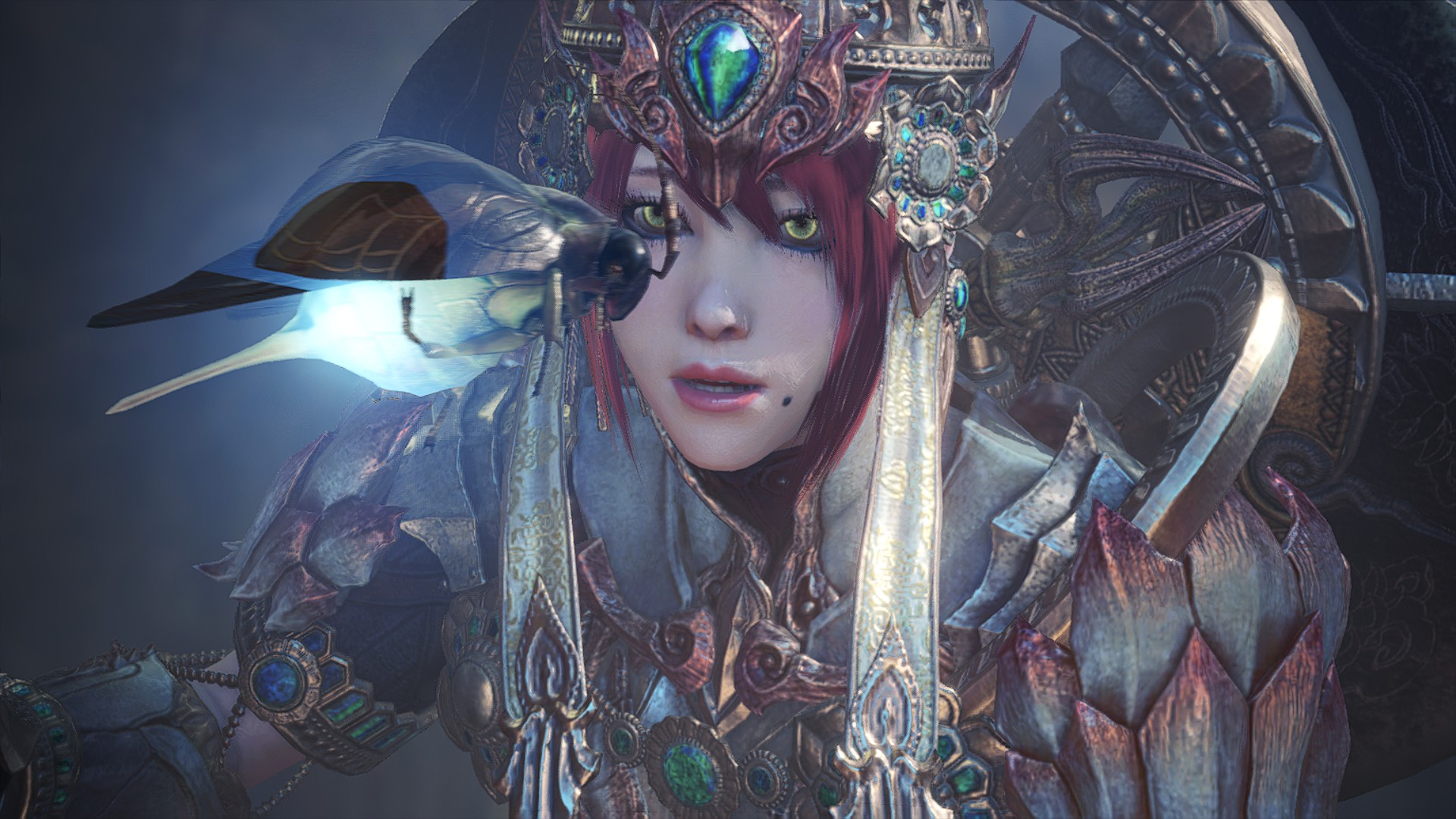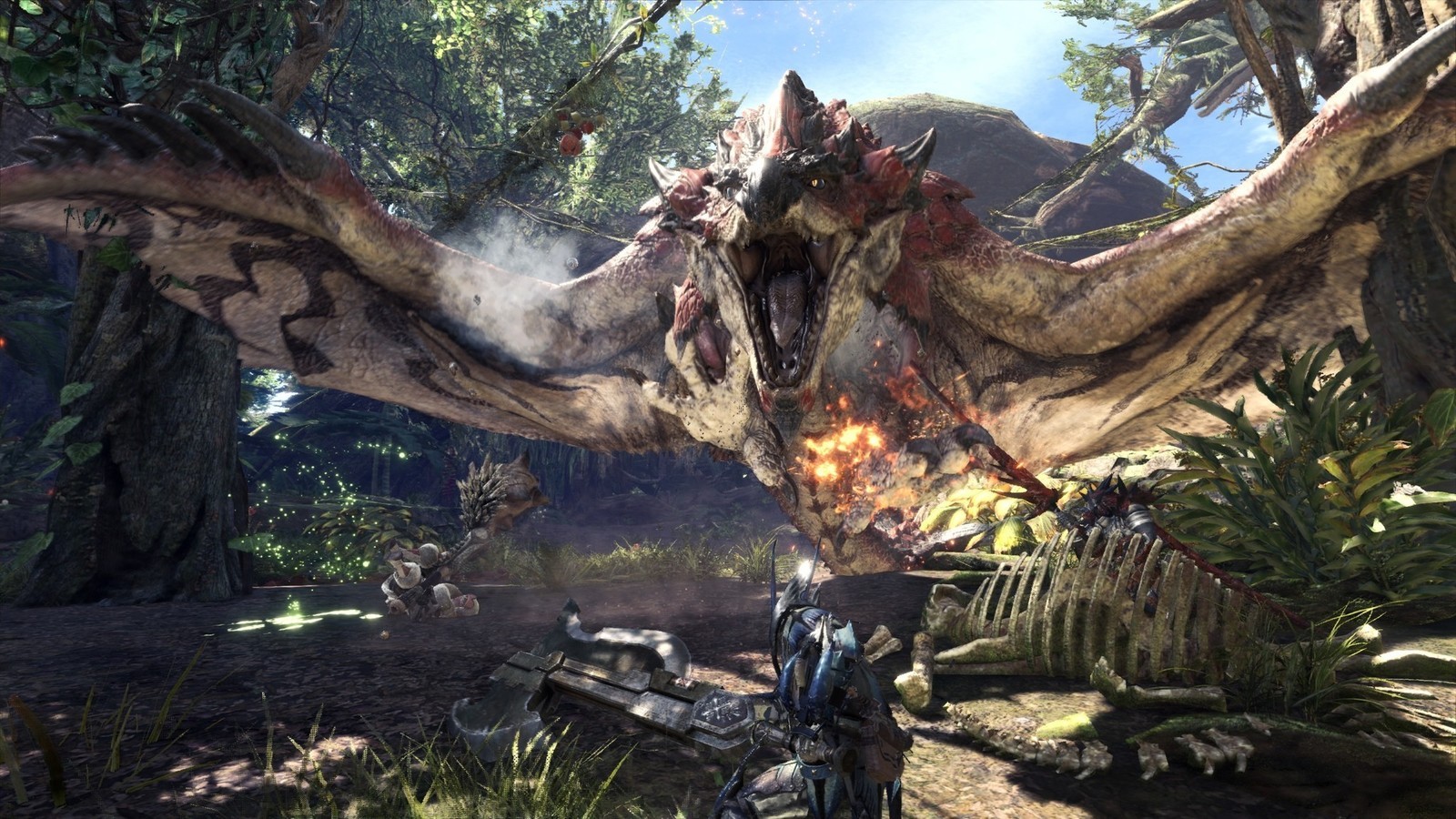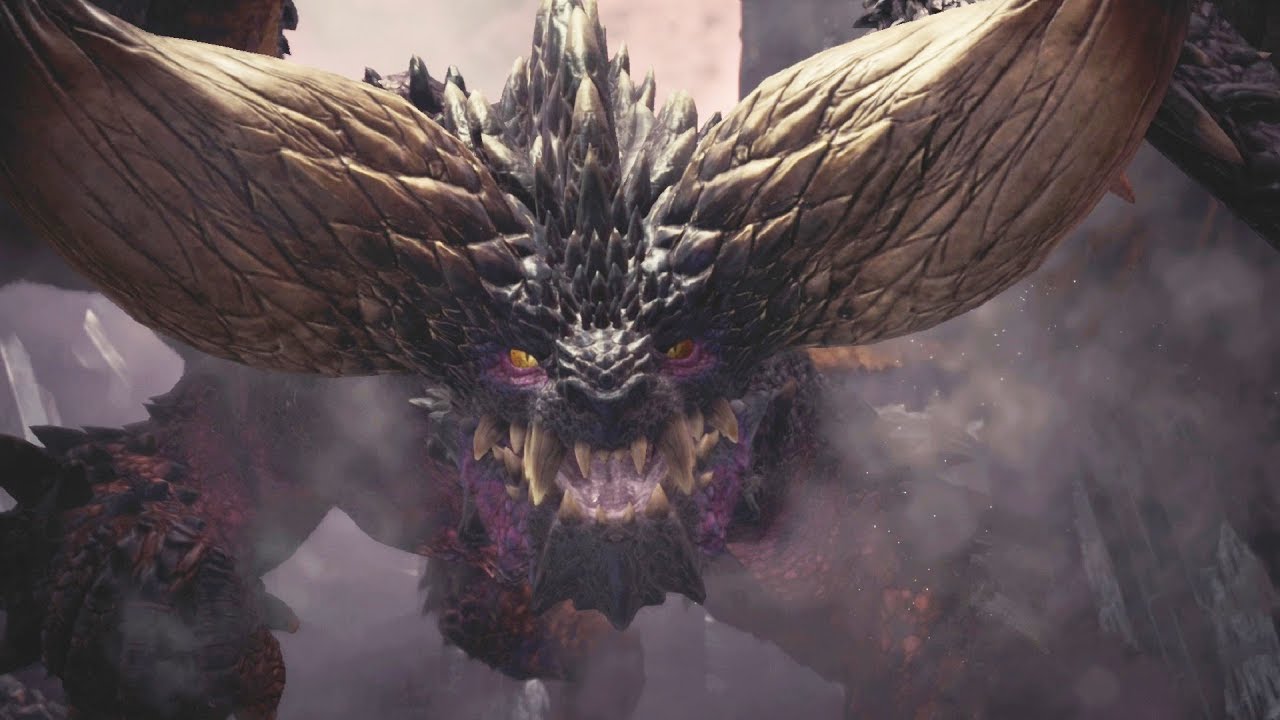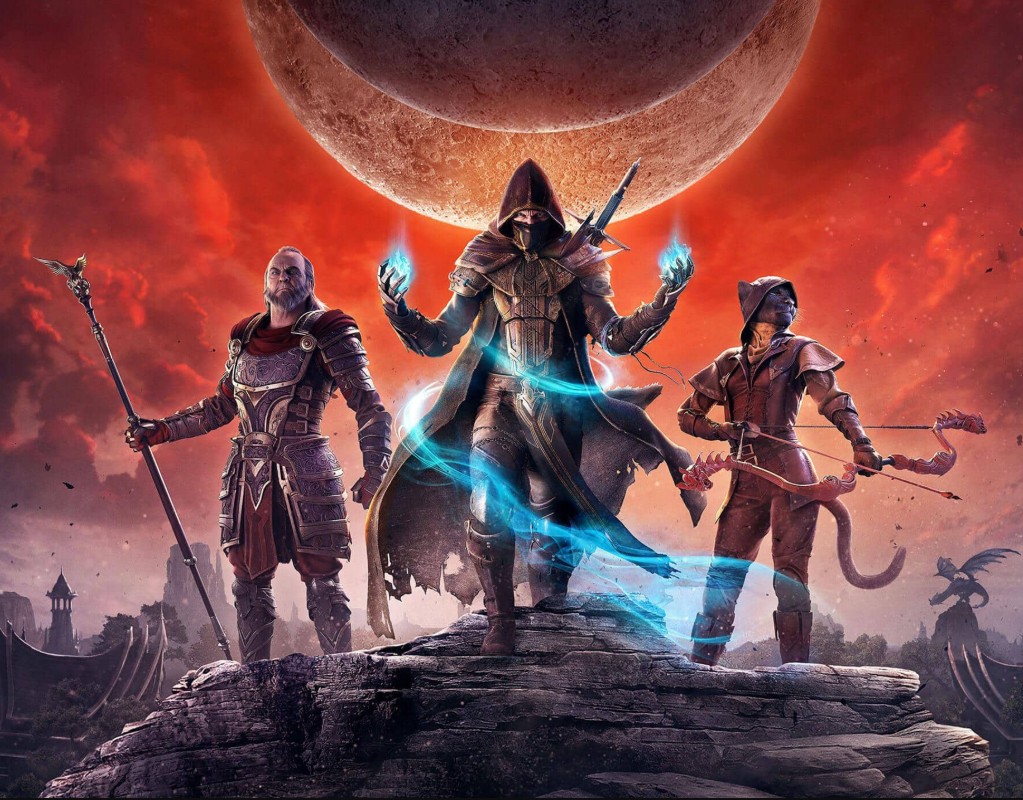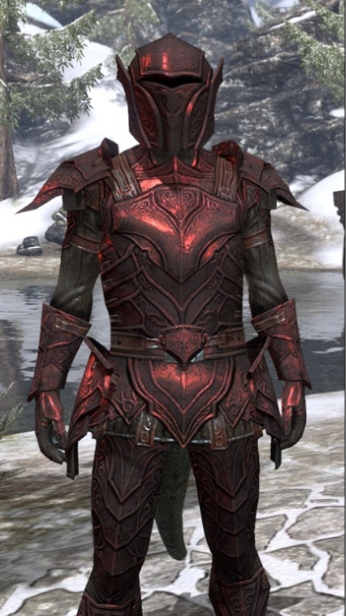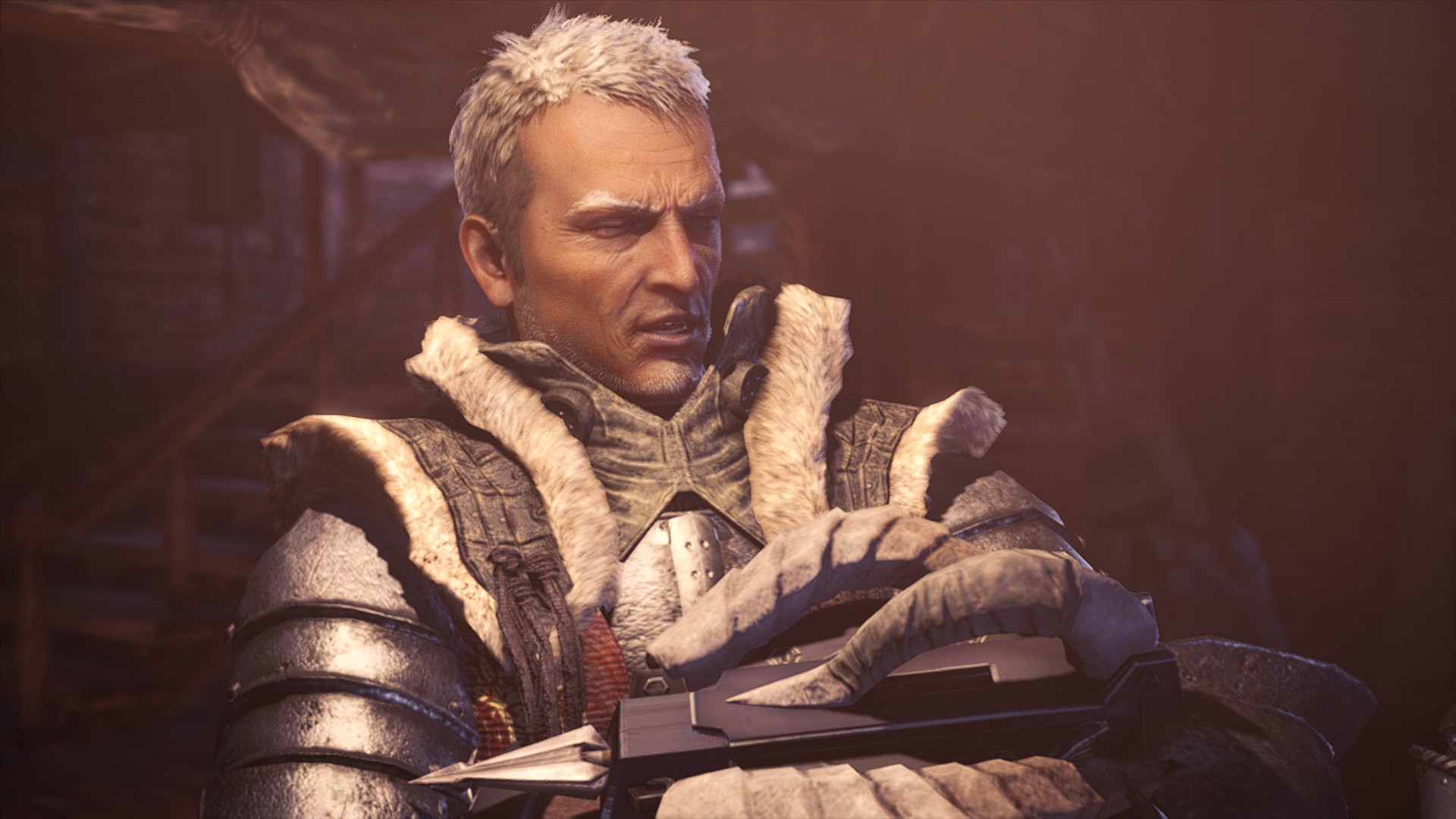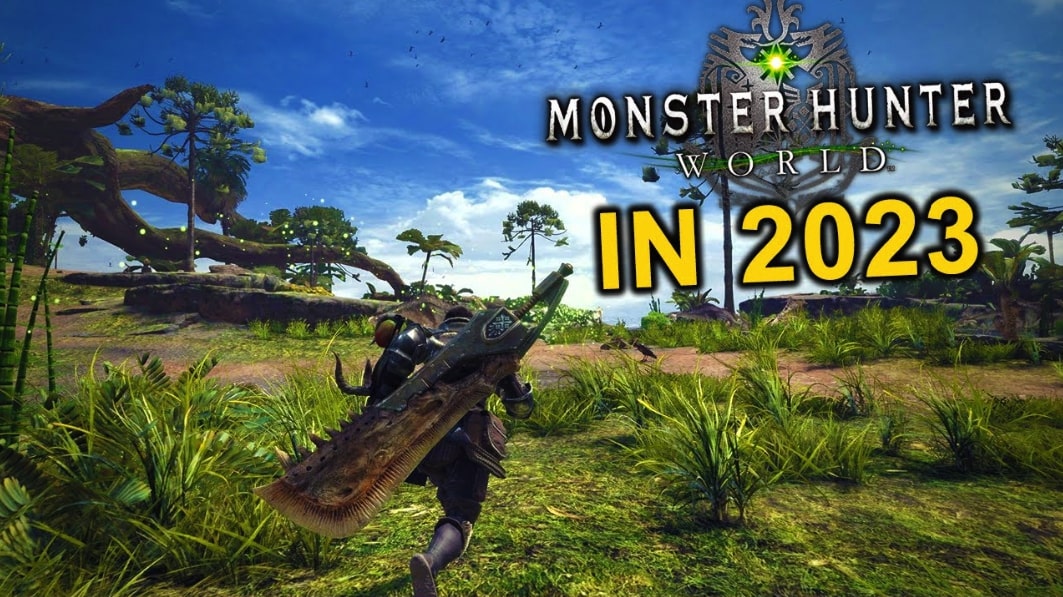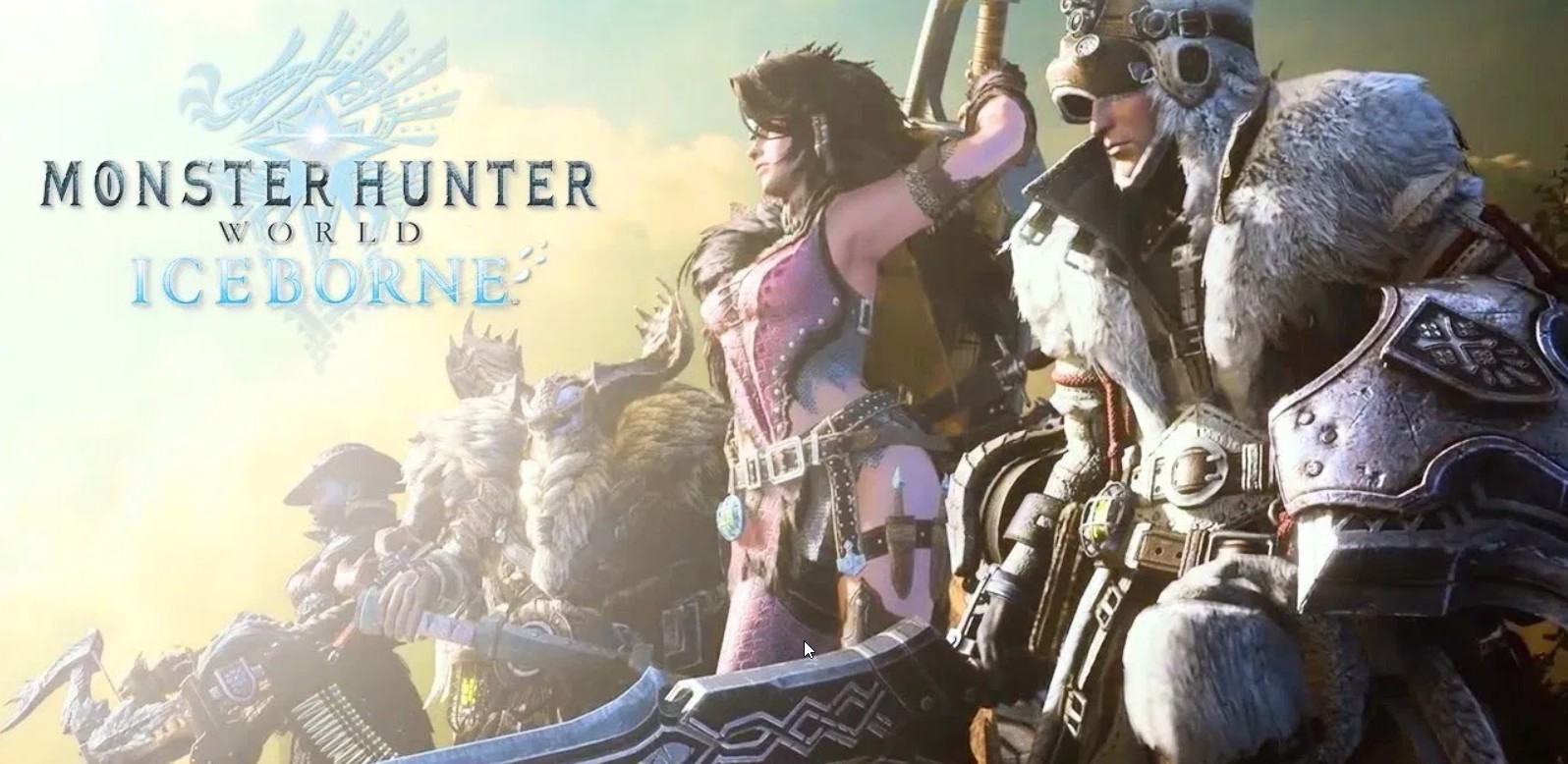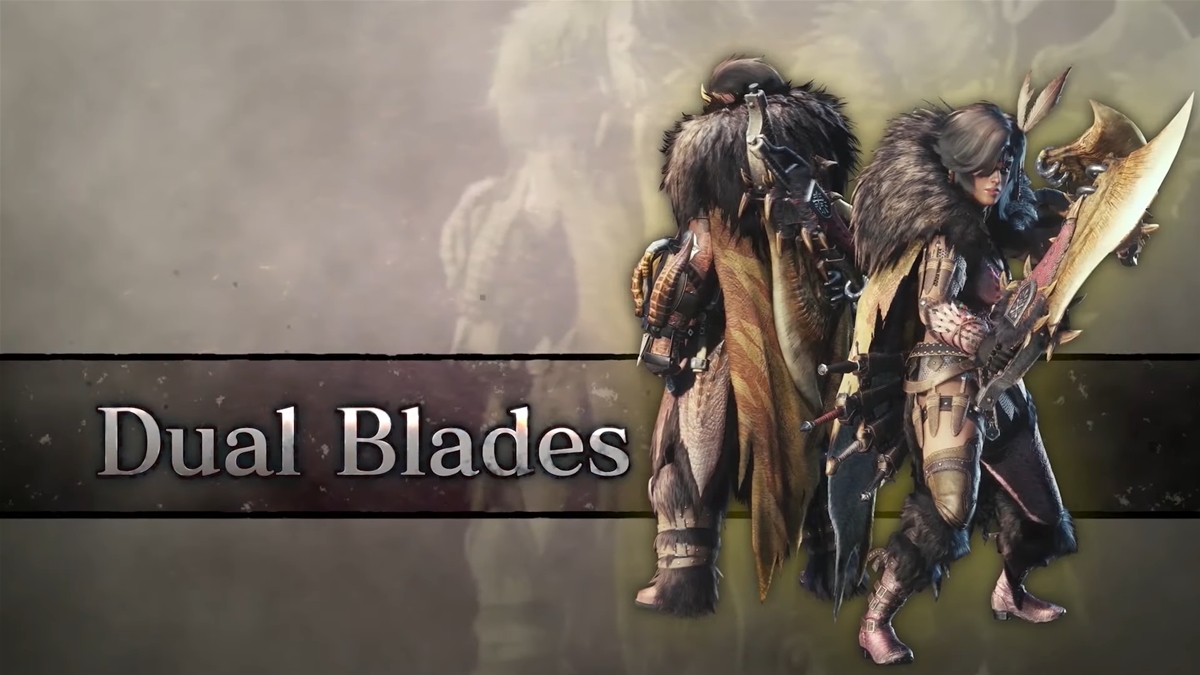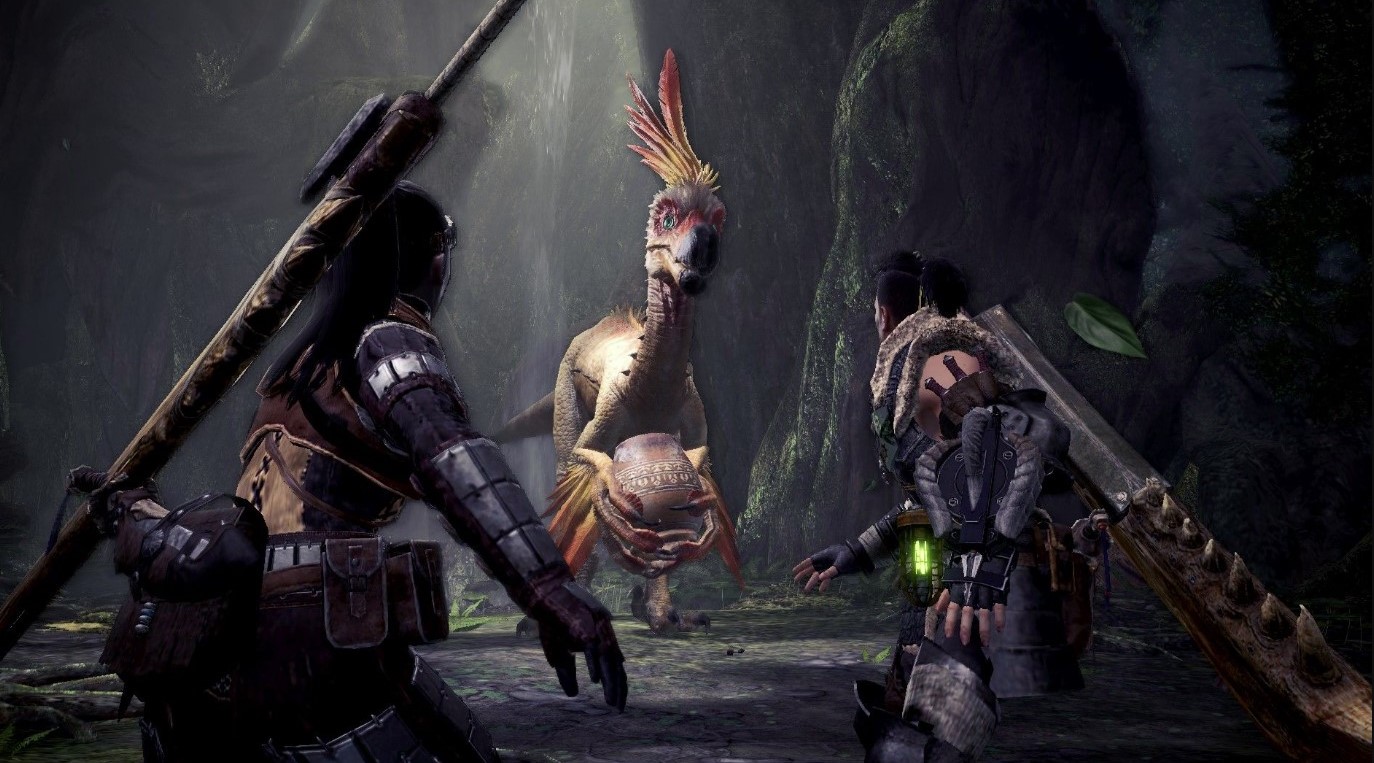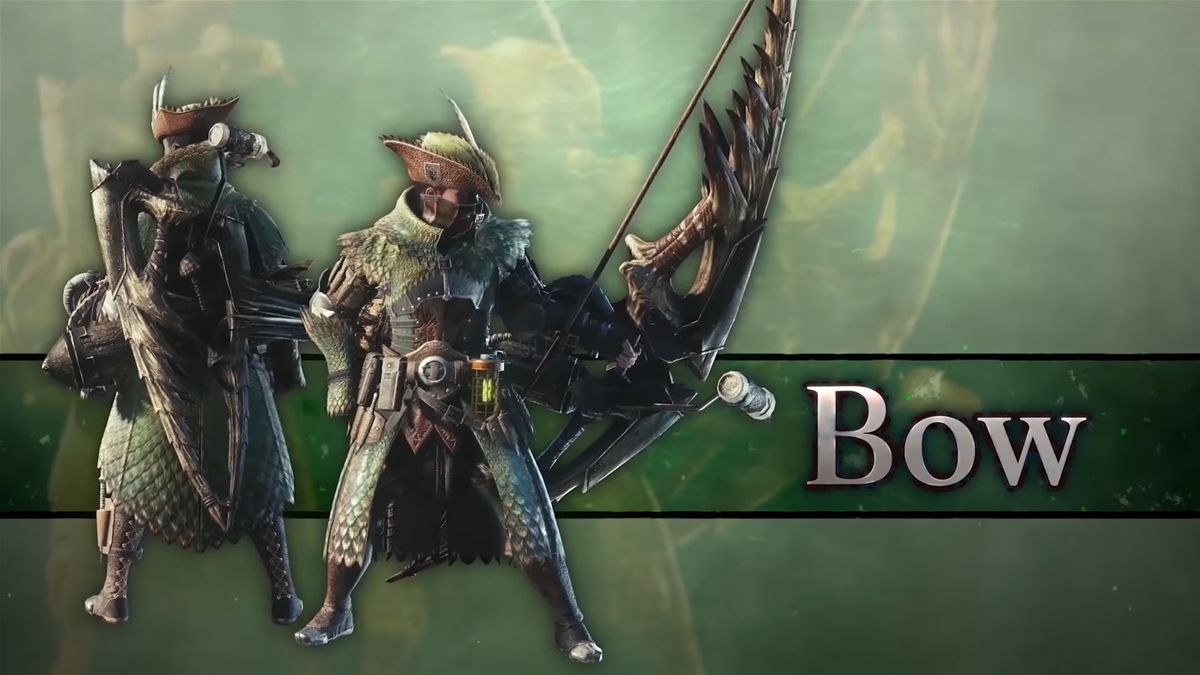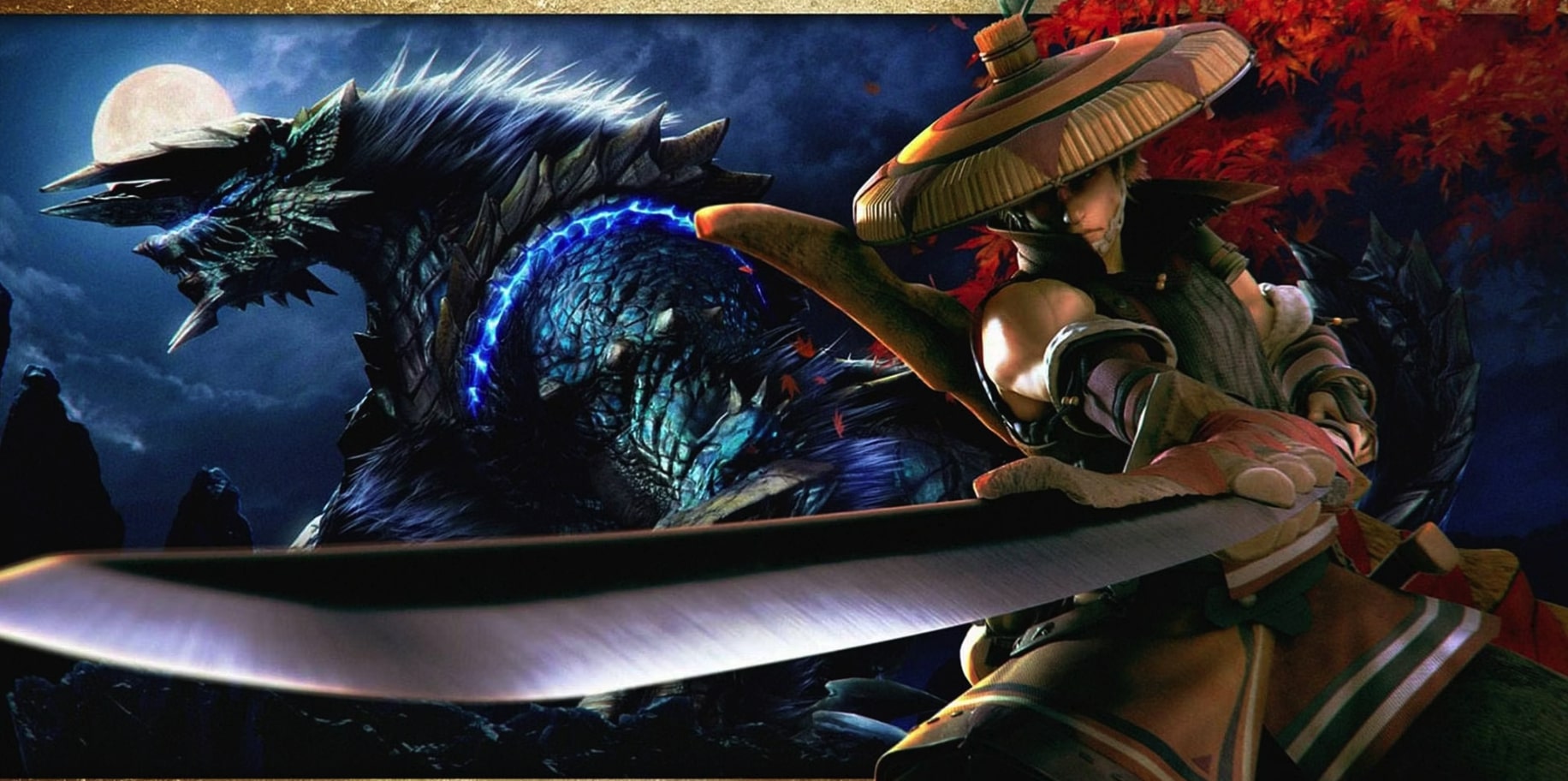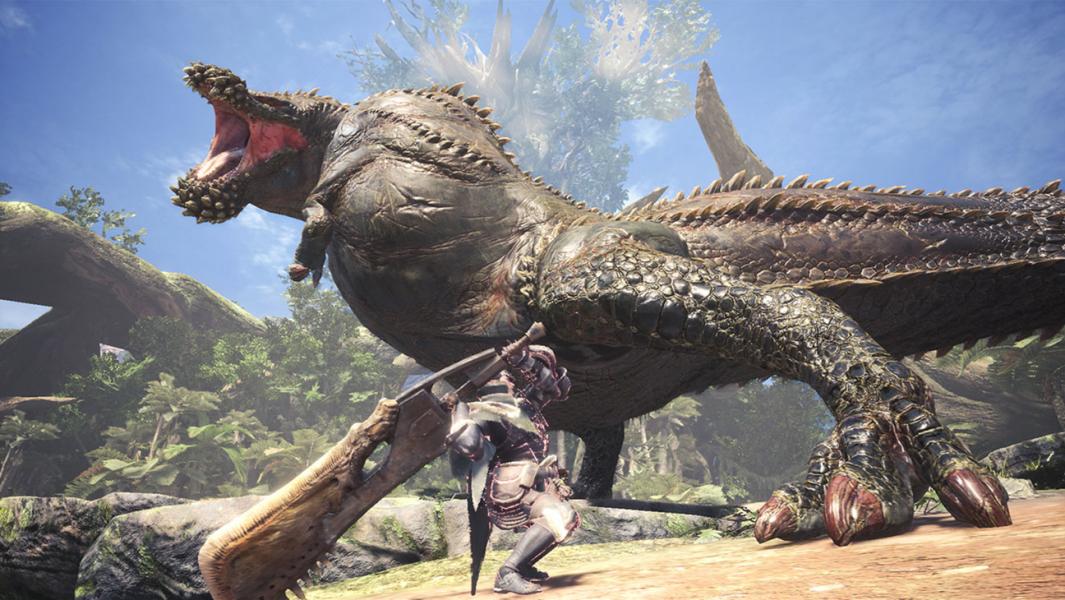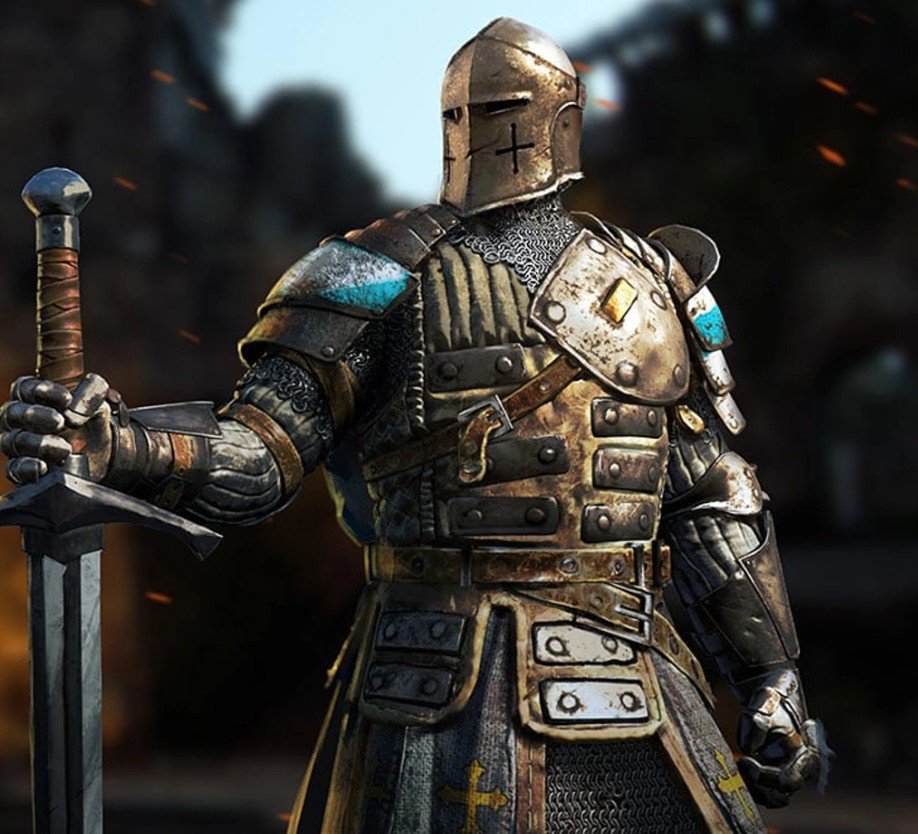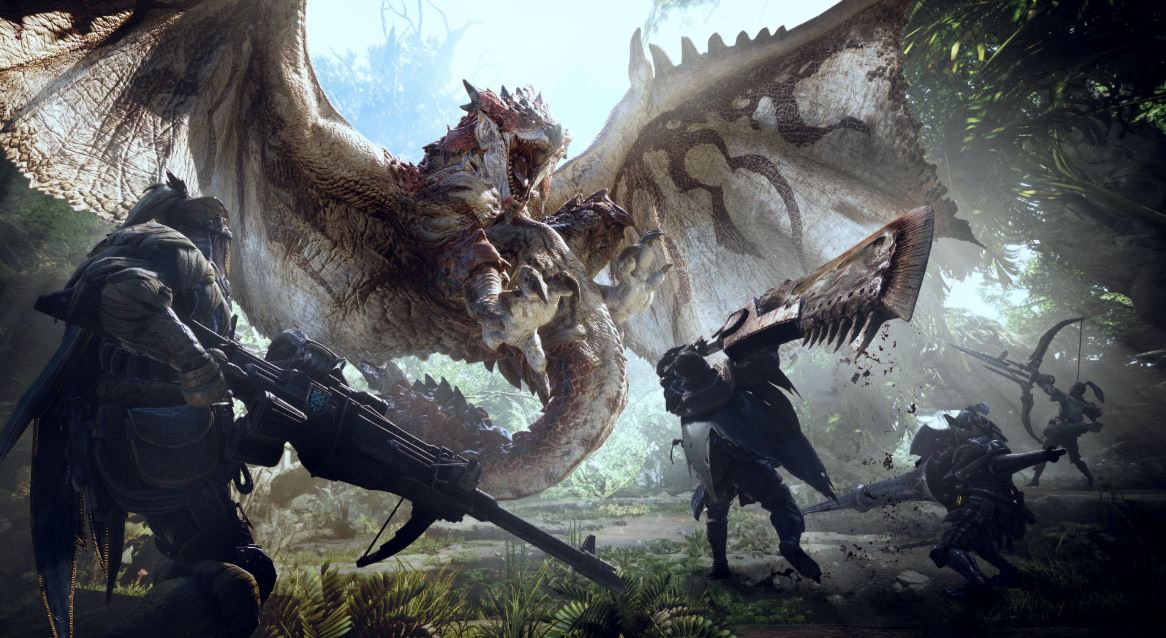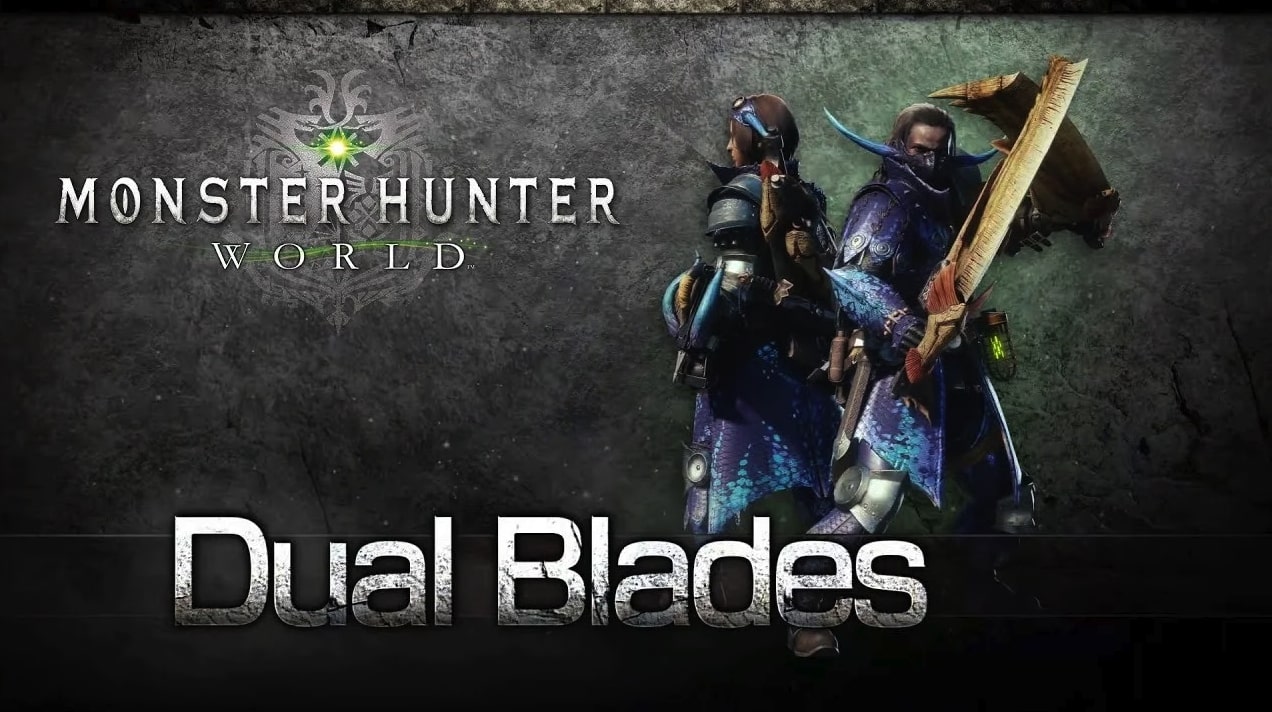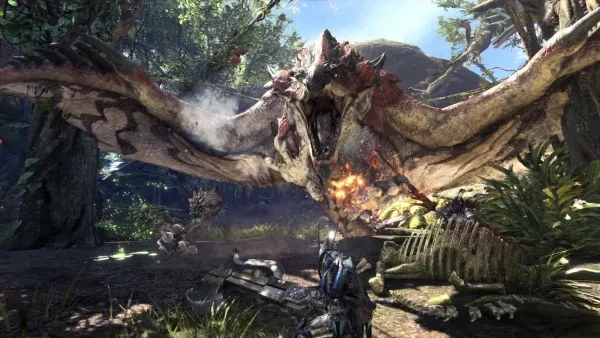
Is Monster Hunter World worth it? Here's a rundown from someone who has played it for more than 400 hours.
When Capcom announced that their Monster Hunter series would be coming to the PC for the very first time, I was one of the people that waited for more than half a year for it to be released, avoiding all temptation to play its console release. I was a beginner to the series, and probably the only reason why Monster Hunter: World piqued my interest is the amazing encounters between mortals and monsters. Between that and the promise of 60 frames per second gameplay while on a 4K monitor made the game a must-play for me.
After spending 400 or so hours on the Steam version, and playing it with an Xbox controller, I can honestly say that I wasn’t disappointed. The game filled a void within me ever since I’ve played the Dark Souls series to death. After the first 10 hours, I was completely sold, and ever since Capcom’s announcement that it would continue to release new monsters on this game for next few years, I felt that I got my money’s worth and so much more.
However, the game is not without issues, and it is very much not for everyone, so I decided to discuss this game in the mindset of someone on the fence of buying this game or another, and try to weigh the pros and cons of playing it. By the end, the goal is to hopefully make you decide for yourself whether or not its worth it, coming from someone who played it incessantly for the past few months.
Campaign Story
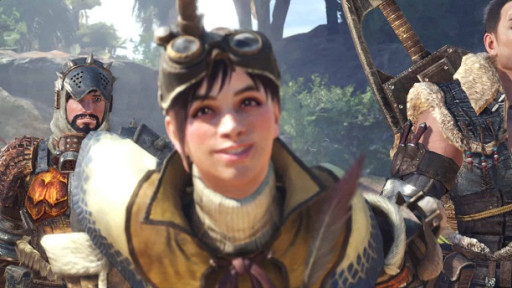
‘The M To Your Bond’: The Handler (pictured) is the one responsible for giving you missions in order to progress through the story.
Monster Hunter: World takes place in the New World, set in a high fantasy setting where humans and other sentient races exist. As an RPG title, you take control of your player character, fully customized to your liking. You are part of the Fifth Fleet, summoned by the Research Commission to provide more support for the New World in a mission to study and colonize it, separate from the civilization of the Old World. One of the Research Commissions main areas of focus is the study of various Elder Dragons, larger-than-life beasts that can affect entire ecosystems.
Early in the game the Fifth Fleet encounter the Elder Dragon known as Zorah Magdaros, a massive volcanic beast the size of a mountain. After escaping its clutches, the Fifth Fleet, in particular your player character is tasked with doing various missions in order to study Zorah Magdaros and its current effect on the New World’s ecosystem. The missions are accessed in the Research Commission’s base of operations, called Astera and are assigned to you by a fellow hunter and research specialist called the Handler. As you progress throughout the game, you are acquainted with various creatures and Elder Dragons while learning of the New World’s true ecological nature.
The Good: The story is light-hearted yet very detailed, with the player character encountering lore in almost every NPC present in the game. The story is also left open-ended but managed while tying up its loop ends, allowing the player to access the series’ famed end game core loop.
The bad: In terms of narrative, the story is also paper thin, and to be honest the series has never been famous for particularly excellent game narrative. The characters are very thinly written, and often appear one-dimensional. It can be called average at best, and the dialogue is a bit cringy at times, at least for me. If you value a game’s narrative above all else you might end up disappointed by Monster Hunter: World’s story.
What About The Adventure?
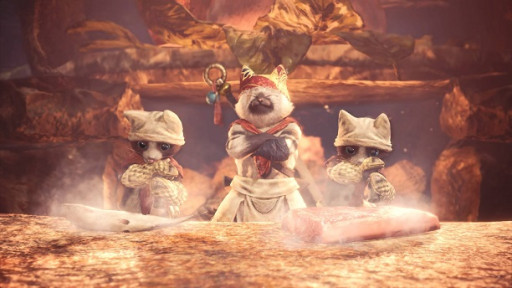
Tactical Cat Cuisine Action: The Meowscular Chef is the one responsible for meals that will give you powerful buffs during missions and expeditions.
Monster Hunter: World excels in its sense of adventure; this is a game that can have you doing other stuff aside the core monster hunting mechanic for hours on end. Astera is bustling with life, and you can talk to various NPC hunters, shopkeepers and service providers. While out in the New World, the Research Commission also encourages the collection of wild fauna and flora, which adds Research Points which can be spent on various in-game items, some of which are vital to the main gameplay mechanics.
The series also features cat companions called Palicos, which is essentially cute-bait for people who are easily amused by cats; essentially everyone, to be honest. They can assist you on your journey and can be equipped with armor and weapons, as well as a variety of special tools to help you out. Most of the time I just found myself equipping my palico (named Commander Meouch after Tupperware Remix Party’s infinitely awesome bassist) with armor that makes it even cuter instead of what could help it the most. The addition also means that you can choose to always have a companion in your journeys, even when playing solo.
Also, make sure to visit the Meowscular Chef in Astera and have him cook some meals for you. Make sure not to skip the cutscene, alone which I can argue makes the game worth it.
The good: Lots of side missions to keep you busy away from monster hunting, if you’re feeling burned out. The palicos are infinitely cute distractions as well. Exploring the New World is kind of relaxing, especially if you’re not focusing on hunting monsters. The game is exceptional if you’re looking for attention to detail and various activities outside the main hunting.
The bad: The game’s core loop of ‘hunting to get better gear in order to hunt stronger creatures' may put off some people quickly. In a word, the game can be a bit grindy at times, so keep that in mind.
What About The Combat?
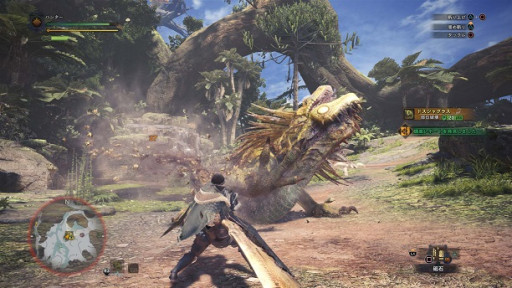
Making Leather Jackets From Giant Lizards: Pictured is one of the game’s first predators, the Great Jagras, which is similar in appearance to an iguana.
A game called Monster Hunter will, of course, focus on hunting monsters. So how does the combat fare? To be perfectly honest, I can’t compare it with anything else, but I enjoyed it immensely nonetheless. The closest I can say is something akin to Dark Souls, but that would be a disservice to both. Monster Hunter: World makes use of combos, which are integral to practice instead of just mashing buttons together, as it provides a higher damage output and makes sure that you can loop back into a first attack, allowing you to possibly attack for as long as you want without suffering character animations.
The game has 14 weapon types to choose from, catering to all styles and kinds of gameplay. They are: long sword, great sword, dual blades, sword and shield, switch axe, charge blade, hammer, hunting horn, lance, gunlance, insect glaive, light bowgun, and heavy bowgun. Each weapon can be fully upgraded to 18 or more final forms, using various crafting materials derived from the monsters you hunt. This allows for pretty diverse gameplay, and the players who end up mastering one weapon can choose to master another if they find the gameplay stale. There are no restrictions on what weapons you can use, as the game does not feature stats. Instead, power levels are measured through equipment, making the crafting and hunting the core component of the game.
The good: The combat is unlike anything you’ve ever experienced and will most likely provide you with a solid challenge, especially with stronger monsters. There are elemental components to weapons, as various monsters are weak to different kinds of elements, calling for the need for more than one main weapon. It is a combat strategist’s wet dream, as the presence of proper combos along with min-maxing through the use of various buffs gives one the power to completely dominate monsters in the field.
The bad: The combat is not for everyone, and if you’ve ever found yourself frustrated by difficult encounters like those found in the Souls games, you will most likely not enjoy it. Some combos call for strict button timing with a very small window for error, so proper hand-eye coordination is key. Likewise, you will need to study monster attack patterns closely, as well as try to capitalize on their weaknesses, so there is a certain amount of effort needed to really do well and enjoy it.
What About The World?
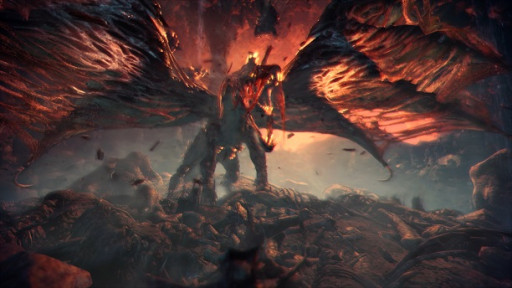
‘Hear Me Roar’: Monster Hunter: World features an expanse filled with various monsters and higher-tiered Elder Dragons. Pictured is the Vaal Hazak, an Elder Dragon that roams the Rotten Vale.
For a game subtitled World, Monster Hunter: World does not disappoint in terms of the expansiveness of its in-game locations. The New World is separated into five different biomes, each filled with a variety of monsters, flora and fauna: The Ancient Forest, the wooded biome home to the Rathian and Rathalos, wyverns which call an ancient, gigantic tree found in the center of the map as their home; the Wildspire Waste, the desert biome home to the particularly nasty Diablos, a big hulking wyvern burrowed in the sand while waiting for its prey; the Coral Highlands, a biome filled with corals and home to the Legiana, an elegant ice wyvern with a memorable screech; the Rotten Vale, found in the bottom of the Coral Highlands, and home to the Odogaron, a huge red doglike creature with sharp talons and fangs; and the Elder Recess, a biome filled with crystals compressed by the volcanic heat as it is near a source of molten rock and magma, and home to Nergigante, a fearsome Elder Dragon capable of growing spikes on its forearms, legs and wings.
The world building in the various locations is particularly detailed, as the monsters in each are supplemented by various flora and fauna that can be collected as well. Creatures called the Grimalkynes, or tribal palicos, are found scattered in each biome and can help the player should they finish some missions for them. In addition, the player can also fish in different bodies of water, which they can then collect for research points.
The good: Amazing world building, with great attention to detail helps keep Monster Hunter: World one of the best open-world experiences in recent releases. You can easily find yourself immersed in all of them as you explore every nook and cranny. A true, expansive world for exploring enthusiasts, with the details necessary to keep it fresh and interesting.
The bad: Some maps can be a pain to traverse, with special mention to the Ancient Forest. This issue reveals itself once monsters start to run away from you and you have to move to that particular area. Since the map is multi-leveled, it can be hard distinguishing which turn to take, which is exacerbated if you have no scoutflies available. The map design may put you off if you’re somewhat reliant on maps.
What About The Graphics and Sound?

Showdown on The Wastes: Some time during the campaign an Elder Dragon called Nergigante will make itself known as the eater of Elder Dragons, establishing itself as the main antagonist.
One of the main reasons I was so interested in this game is its amazing graphics, which I found to be the main hindrance in picking up previous games from the series. What ultimately sealed the deal was when it was announced for the PC, as I consider myself to be partial to PC releases due to higher frames and better overall deals during Steam sales. I did play the PS4 version on a friend’s console, and while it did not reach 60 fps, which is the one of the main reasons to play it on PC, it was not a bad experience overall. There were stutters here and there (which is notably absent in the PC version if you have a good enough system) but nothing to keep you from enjoying the game.
The sound design is also very amazing. There is a substantial difference between the roars of each monster, allowing you to distinguish them before you even see them. Some monsters even have their own theme songs, which blare loudly every time you start and encounter with them. The most memorable so far is the one for the Bazelgeuse, a terrifying flying wyvern that drops bombs on you from overhead. Think WW2-era bombers but the planes are dragons and you’ve got yourself a Bazelgeuse. After a certain point in the game, this monster will invade random maps you are in, and if you’re unlucky enough, you will hear its theme blaring as it drops bombs on you. Truly the mark of great game design if you’re conditioned to recognize the impending danger and terror from more than the visual aspect of it.
The good: Graphics are good overall, and the facial animations on the NPCs during cutscenes are passable enough. The design of the level and how the different areas are lighted are the definite stand-outs in terms of graphics, while the monster design is amazing as well. Sound design Is better than most games, and is unique in and of itself. Playing the PC version is the obvious patrician choice, as it allows you to crank up those graphics compared to consoles, as well as play on higher frames and better resolutions.
The bad: Stuttering issues due to the massive graphics needed to be processed in some lower-end PC systems and some consoles.
What About The Community?
As a multiplayer-oriented game with some leeway for a single player experience, Monster Hunter: World has its own community, with a huge portion of its members dating back to the older series. The community in general is very helpful to newcomers in the series, particularly after the release of Monster Hunter: World. This also paved the way for the series’ veterans to launch an unofficial “Adopt-A-Hunter” program, where the more experienced members would be teamed up with the novice and new players in order for them to learn the core gameplay mechanics and the subtle features of Monster Hunter: World that is not present in other games.
There is also a subreddit for the game, where players can accrue more knowledge about everything Monster Hunter: World-related and look for other players to play with. As the game lacks a somewhat in-depth PVP component, there are no known instances of player griefing and trolling, which could help placate some of the newer players’ fears when it comes to online communities. Unfortunately, all games have elitists, so its best to take everything with a grain of salt and remember that you’re playing the game for your own sense of fun.
Bugs?
Speaking strictly for myself, I have not experienced any game-breaking bugs that ruined the game for me, playing on PC. However, a massive disconnection issue plagued the Steam version during the first few weeks of the game. I experienced it myself, but to be honest, I wasn’t really playing with other players so I was not affected by it. It’s been mostly fixed at the time of this writing, but servers can still be finicky across all platforms, so always keep that in mind, as with all multiplayer games.
Final Verdict: Is it Fun?
Long story short, yes, the game is fun. Challenging, and bearing a higher skill cap, but certainly fun. If your idea of fun, however, doesn’t include min-maxing, memorizing combos, strategizing for different enemies, unforgiving dodge windows and a hardcore experience for a beginner, then this game might not be for you. It’s definitely worth it to own on any console or PC, because of the amount of content in it, as well as the overall amazing game design that made the series so popular with so many people, but repackaged in a way that will benefit both veterans and newcomers alike.
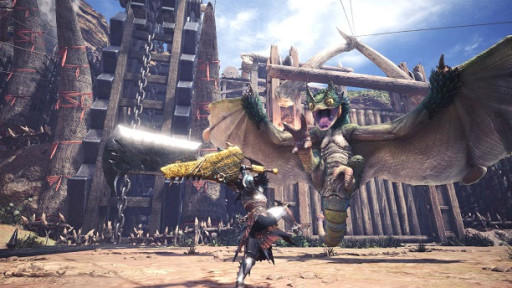
Arena Challenges: Monster Hunter: World features arena battles with various monsters, with the game providing you with a set equipment loadout to use.
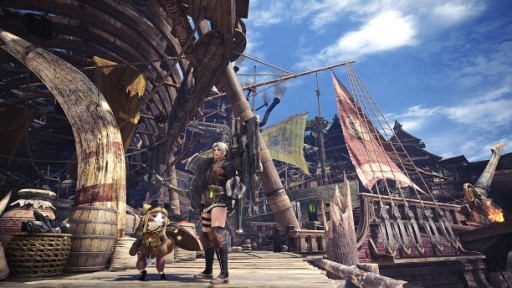
Explore The New World to Your Heart’s Content: From Astera, pick from five different biomes and hunt creatures in order to craft the best weapons and armor – for yourself and your palico.
Also be sure to check out these articles:

